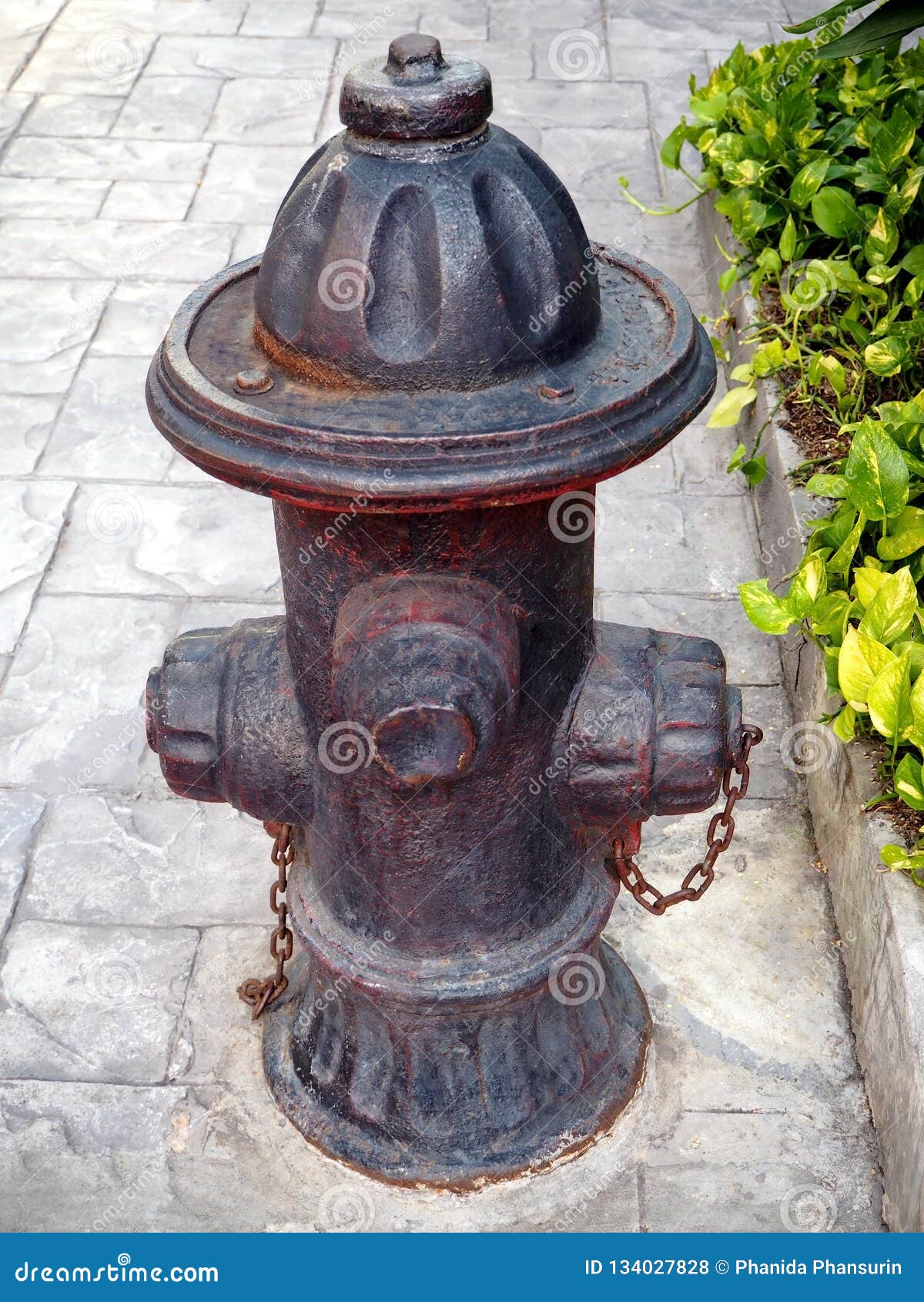

(Photo: NYC Water/Flickr)Įventually, with the death toll rising sharply, the police commissioner, a young Teddy Roosevelt, demanded (among other efforts like allowing people to sleep in parks) that the fire department plug into the fire hydrants in lower Manhattan and spray down the streets, cleaning off the garbage, filth, dead animals (many many horses were killed and left on the street if they got too hot), and various other horrible substances and smells that were plaguing the city. Keep in mind that this was also a time when the vast majority of people had no refrigeration and no ice, let alone electric fans or air conditioning.Ī blueprint from c.1906 showing cross-sections and designs for a fire hydrant. People swam in the rivers (which were not any more sanitary than they are now) and flooded Coney Island. People slept on roofs, on fire escapes, in the streets, on the piers. There wasn’t enough room for people in the best of times, and when temperatures indoors rose well above 100 degrees, staying indoors became intolerable, often deadly. Worse, the conditions of the poor, especially in the tenements of lower Manhattan, were horrific. ( More detail here, if you’d like the science.) “Unlike the hills and trees of the countryside, urban walls, roofs, and streets act like a maze of reflectors, bouncing the heat back and forth between absorbing surfaces.” The most advanced temperature measurements at the time, which incorporated lack of wind and high humidity, pegged the temperature in the summer of 1896 at over 135 degrees Fahrenheit. “The concrete, brick, and stone of the buildings and the asphalt of the city’s streets can conduct heat three times faster than soil,” writes Kohn. The 1896 heat wave is a relatively unknown but incredibly deadly natural disaster about 1,500 people died, especially clustered in the cities of New York, Chicago, Boston, and Newark. Kohn’s excellent nonfiction account of the disastrous 1896 heat wave, Hot Time in the Old Town. The first mention I can find of people using New York City fire hydrants for recreation comes from Edward P. Today, New York City has about 109,000 fire hydrants. But the venerable iron hydrant remains the standard in New York.
Vintage men playing ifire hydrant crack#
That may change, as fancy new designs for fire hydrants made of tougher materials that won’t freeze or crack in the winter have popped up. Fire hydrant design hasn’t really changed since 1869 there are some different aesthetic looks, but their operation has remained fairly static. The first iron hydrant was installed in 1817, and in 1869, a New Yorker named Birdsill Holly patented a new kind of fire hydrant, one that could cope with the highly pressurized water system in New York City. After 1808, the city began ramping up its water infrastructure and rapidly improving its hydrant technology.Ī fire on Broadway in 1893, with a hydrant in the foreground. The first New York City fire hydrant, which differs from a fireplug in that it’s above-ground, was installed in 1808 at the corner of William and Liberty streets, far in the south of the island of Manhattan, near Wall Street. That’s where the term “plug uglies” comes from.)

Whoever actually put out the fire would get paid, so the departments would have their biggest, toughest guys guard their plugs to stop other companies from tapping their holes.

(Most cities, including New York, had competing fire departments in the 1700s. If a fire department needed water, they’d drill a hole in the pipe, take what they needed, and then leave a cylindrical wooden “fireplug” in the hole they’d just made. Water mains, which were only accessible by the rich, ran in limited numbers underneath the city, made mostly of hollowed-out logs. According to the New York Department of Environmental Protection (DEP), the group responsible for maintaining hydrants, these early water taps were not so much hydrants as, well, holes. The next generation of devices, ones that tapped directly into city water mains, were a little bit more exclusive. The earliest “hydrants” in New York City (dating back to the early 1700s but lasting until the late 1800s) were simply buckets of water scattered around the five boroughs, left locked by the fire department so as to keep out thieves and vandals. And it could be argued that another official city concession, way back in 1896, was responsible for starting this whole thing.


 0 kommentar(er)
0 kommentar(er)
